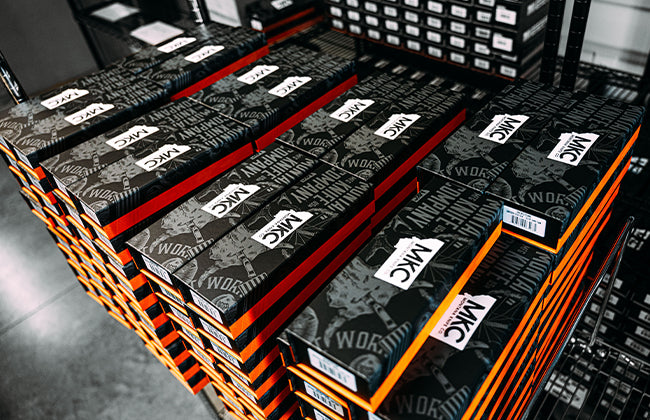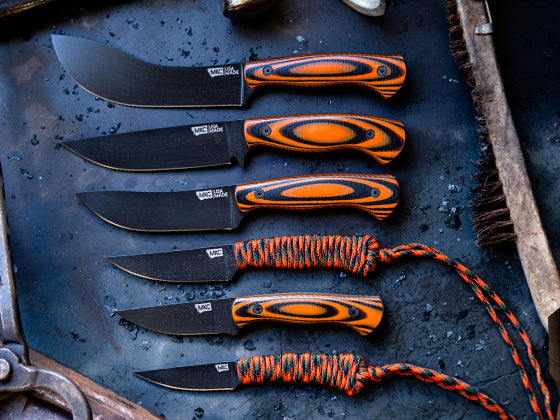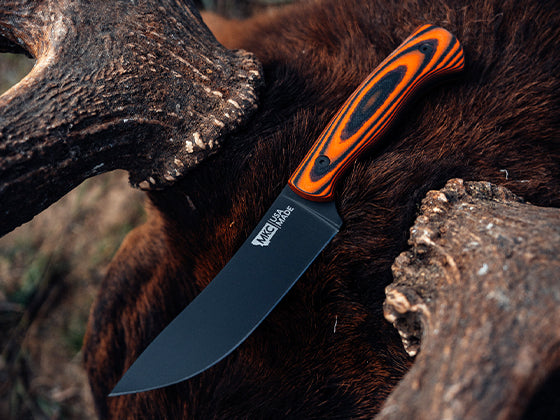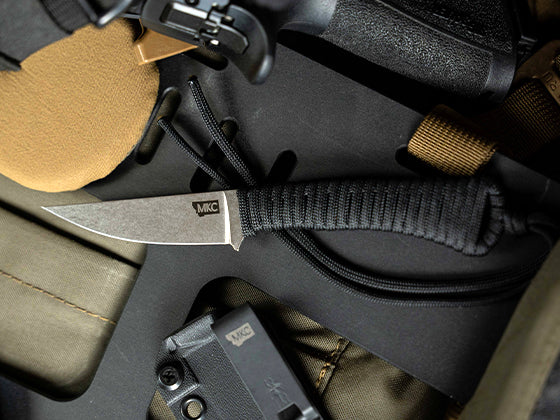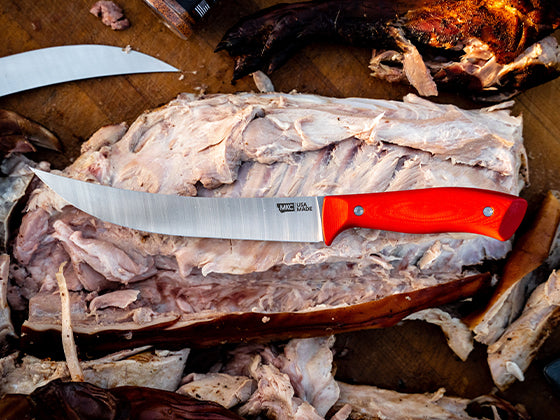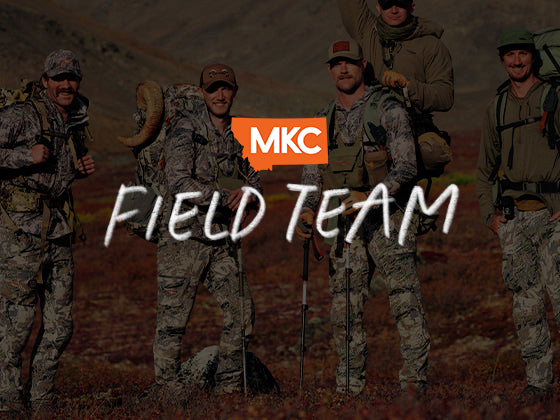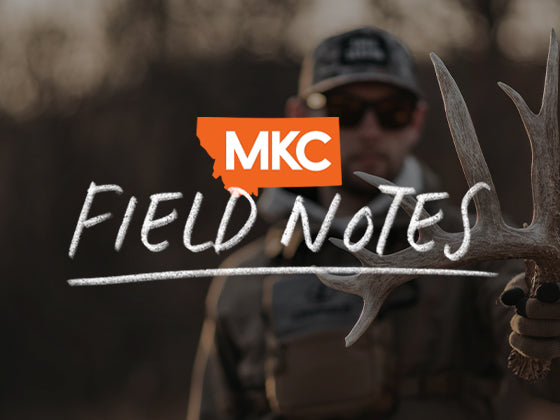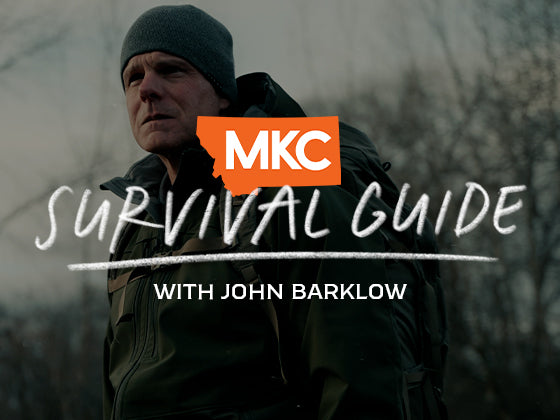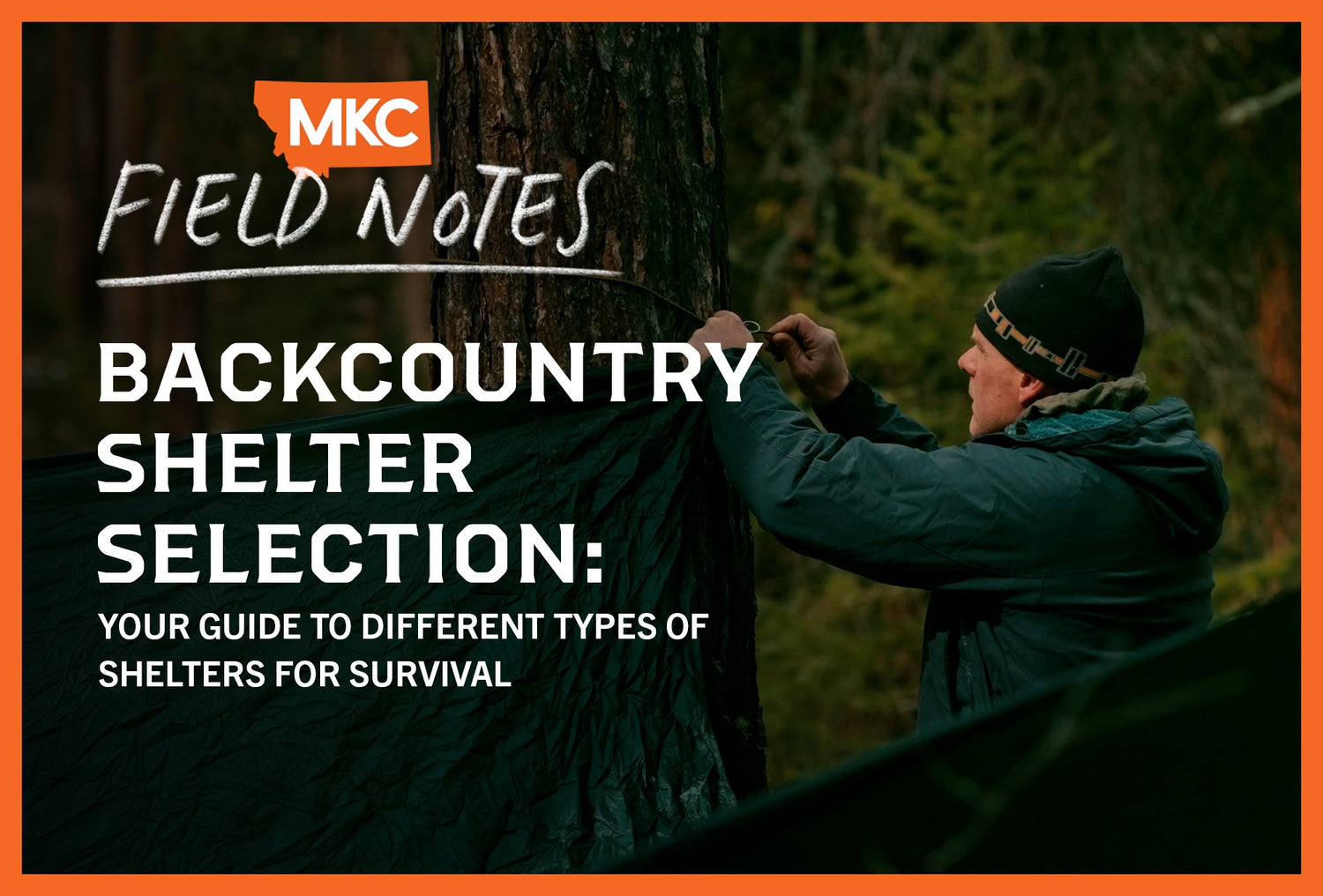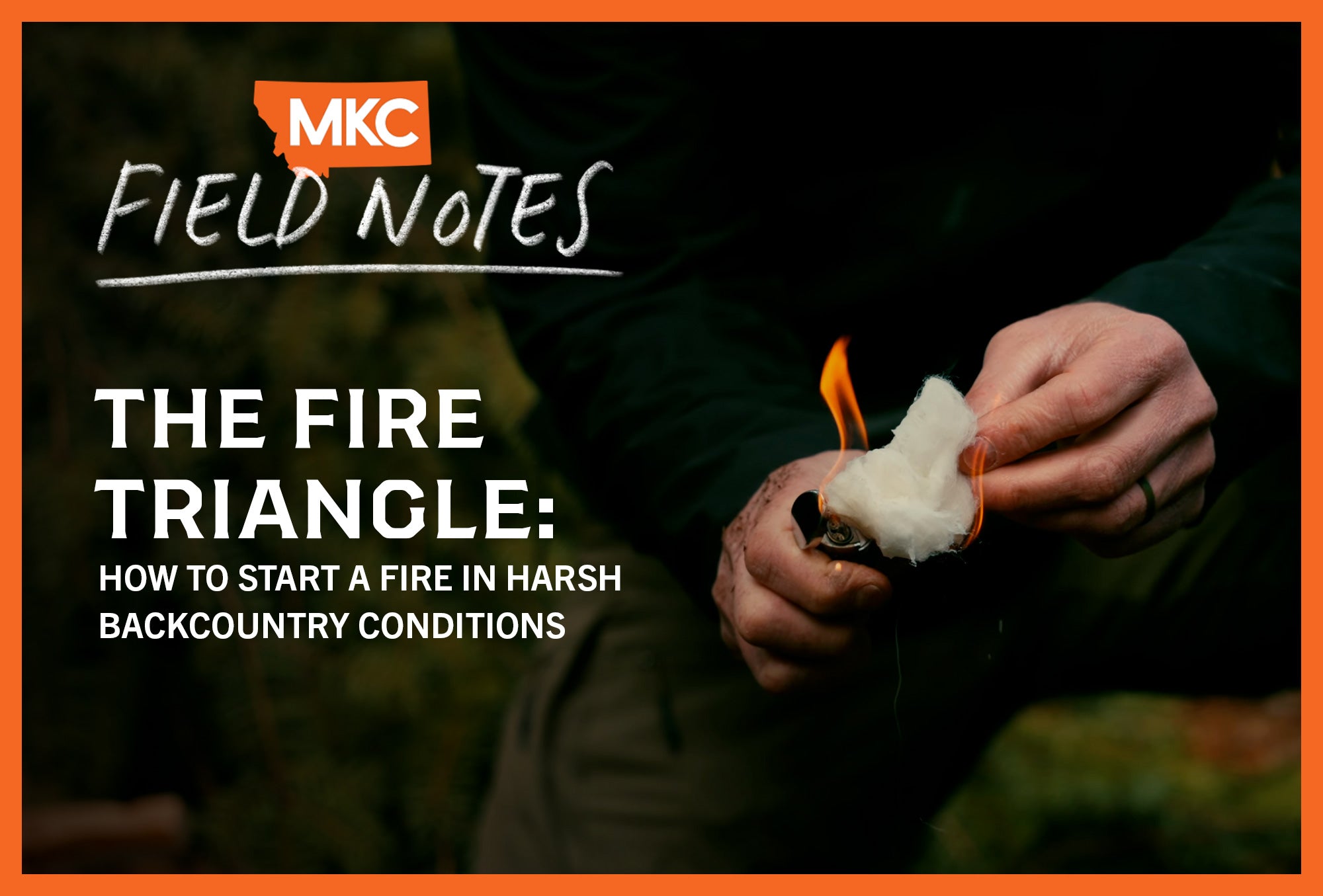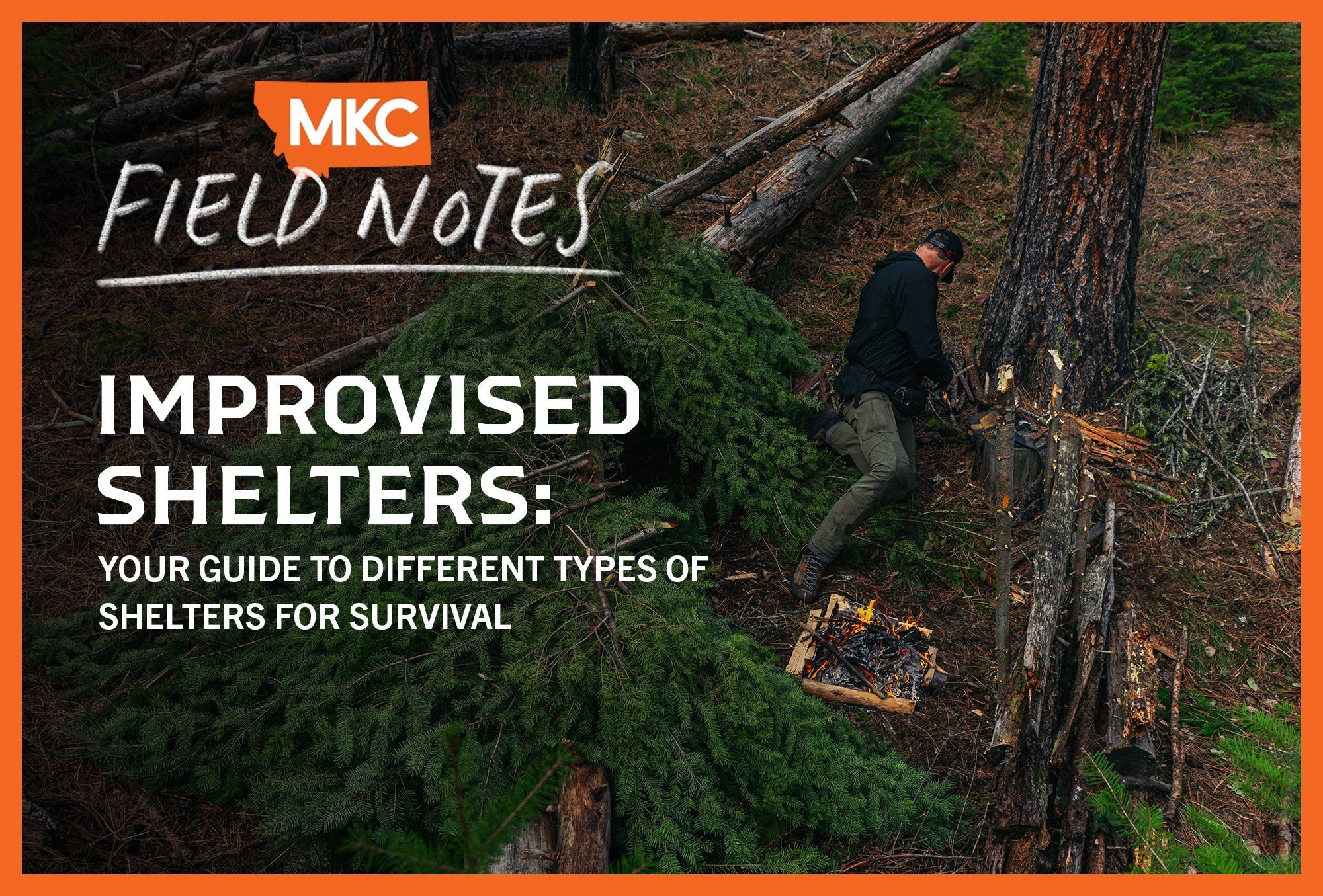In the backcountry, your shelter is your bunker. When storms roll in at 14,000 feet or temperatures drop after sunset on an autumn hunt, your outdoor shelter-building decisions can mean the difference between survival and tragedy.
I’ve spent decades perfecting outdoor shelter-building techniques in all types of terrain, from Alaskan glaciers to desert environments. Let me teach you what actually works when you need protection most.

The Four Backcountry Shelter-Building Options
When we talk about backcountry shelter building, we’re referring to four main structures: tents, teepees, tarps, and bivy sacks. Each serves specific purposes under different field conditions.
Your choice must match your environment. A shelter solution that works perfectly on an alpine climbing trip will fail pathetically on the tundra during mosquito season.
Double-Wall Tents: Your Most Reliable Backcountry Shelter
For consistent backcountry shelter building, a double-wall tent will give you the most reliable protection against extreme conditions. These structures:
- Buffer exceptional wind forces while maintaining structural integrity
- Breathe effectively, preventing internal condensation buildup
- Stand independently without perfect anchoring
- Function as bug-proof barriers in insect-heavy terrain
I’ve weathered 40+ mph gusts at base camps and 18-hour snowstorms in double-wall tents. They’ll handle nearly anything nature throws at you, making them my primary recommendation for most backcountry trips.
Teepee Shelters: Person-to-Weight Sweet Spot
Teepee shelters have become a popular choice for specific circumstances. They excel when you need:
- Maximum interior space with minimal pack weight
- Wood stove capability in cold environments
- Group shelter during extended hunting trips
I’ve used teepees as cook shelters in bear country, placing them 300 meters from sleeping areas to separate food preparation zones. They’ve also served me well during fly-in glacial climbing expeditions where weight ratios determined what gear made the flight.
However, teepees have limitations. They require exceptional anchoring — without proper anchors, they won’t stay upright during weather events. They also breathe poorly compared to double-wall tents, creating condensation issues during cold nights.
Most importantly, they won’t protect you from bugs. Taking a teepee into Alaska’s tundra during caribou season means relentless mosquito exposure with few mitigation options.
Tarps: Lightweight Necessity
Modern backcountry shelter building should always include a tarp option. Today’s ultralight tarps weigh under a pound while providing near-foolproof protection.
Tarps don’t just protect against the weather. In desert environments, they create shade during peak daylight hours. During unexpected rain, they create quick cooking zones. When primary shelters fail, they provide emergency backup.
The drawback? They demand practice. Setting up a tarp alone in the dark in high wind requires a polished routine. Practice your setup technique in harsh conditions before venturing into the field.
Bivy Sacks: Extreme Mobility
Though they’ve fallen from favor in recent years, bivy sacks fill a specialized role in my outdoor shelter-building toolkit.
They excel when:
- You’re in continuous movement pursuing game
- You need a zero-footprint sleeping option
- You plan to use natural terrain features for additional protection
- Your sleep system must pack inside a minimal hunting pack
During early autumn deer and elk hunts, I often use a bivy combined with an inflatable ground pad and my technical clothing system. This creates a mobile camp that fits inside deer beds with virtually no setup. The bivy blocks wind, prevents heat loss, and keeps crawling creatures out of your sleeping bag.
But there are several good reasons why the bivy isn’t many outdoorsmen’s go-to: Bivy sacks leave zero room for gear — your weapon, pack, boots, and cooking system remain exposed. Without a companion tarp, you lack protection during extended precipitation. And if you have claustrophobic tendencies, bivies create psychological discomfort.
Essential Backcountry Shelter-Building Considerations
Still deciding between the four options I discussed above? Your outdoor shelter-building decisions must account for:
Weather Conditions
Match your shelter to expected and worst-case scenarios. A lightweight tarp will fail during winter storms, while a double-wall tent might be overkill during stable autumn conditions.
Terrain Features
Assess natural anchor points before you count on them. For instance, while rocky terrain is rich with tie-down options, it won’t allow tent stakes. Alpine zones have few natural anchors, demanding self-sufficient structures.
Experience Level
Don’t attempt to set up complicated shelter systems without practice, especially under darkness, fatigue, and/or weather pressure.
Breathability Requirements
Shelters that breathe poorly create internal precipitation that soaks gear — a setback during multi-day trips when drying options are limited.
Anchoring Systems
Always carry the appropriate anchors for your chosen shelter.
In snow, this might mean using deadman anchors or snowshoes/skis for support. In summer, rocks and vegetation provide easy anchor points, but only if you bring sufficient cordage.
The Reality of Mastering Different Backcountry Shelter-Building Approaches
I’ve spent decades testing different backcountry shelter-building approaches across nearly every environment under the sun, and I’ve learned one simple truth: There’s no perfect shelter for every backcountry situation.
The longer you spend in wild places, the more your shelter selection will expand. Different hunts, different regions, and different seasons demand specialized protection.
Your outdoor shelter-building expertise is your first defense against Mother Nature’s threats. Master these backcountry shelter-building techniques, and you’ll be prepared for whatever she throws at you.

by John Barklow, a Special Operations Survival Instructor and consultant who has spent decades teaching military personnel and civilians survival techniques in extreme environments.






















